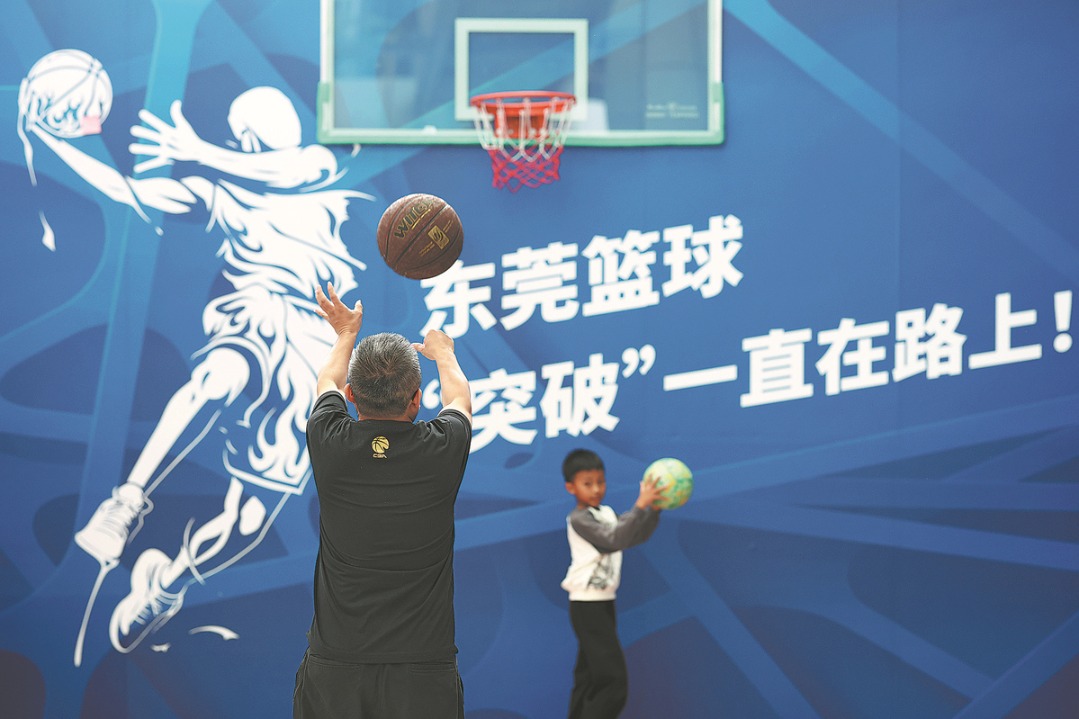New doors open for the visually impaired


Works of art
Yin, the proofreader, has the same sense of belonging, and takes pride in helping to educate the blind.
She and her colleagues review and proofread each book six times before it goes to press.
After the pages are printed, humans, rather than machines, bind the Braille books. Members of the printing staff place the pages of a book on the floor before inserting them individually into each book.
Wang, the senior publications expert, said, "In some sense, every Braille book is a handmade work of art that is worth collecting."
Braille publications are much thicker than others-for example, an 80-page magazine is 3 to 4 cm thick.
Special paper is used for Braille books. "Standard printing paper weighs 70 grams per square meter, while that used for Braille books weighs 125 grams. The latter can withstand much more wear and tear," Wang said.
Song Yanlin, a senior professor at the Chinese Academy of Sciences' Institute of Chemistry, said scientists have long been improving the paper used to print Braille books.
The high-quality paper used for such books makes them expensive, but Wang said the government has covered most of the cost, making these publications affordable for most blind people.
For example, Ode To Joy, a magazine published every two months by CBP for blind children, sells for 19 yuan ($2.82)-about 10 to 20 percent of the total cost of producing the publication.
Braille is not the only tool for the visually impaired.
Tao Yong, director of the ophthalmology department at Beijing Chaoyang Hospital affiliated to Capital Medical University, said: "Of the 17 million visually impaired people in China, about two-thirds of them still have some sight, even though it is very poor. The majority of them can read books set in large type."
Not all blind people can read or write in Braille, because some lose their sight after reaching adulthood.
Tao said: "It is always hard to change the habits of an adult, and the blind are no exception. It is not that easy for them to learn Braille."
CBP has products for the blind and partially sighted. Wo said it offers a range of publications for them, including Braille books, audio books, large-type publications, barrier-free digital publications and other services. "We aim to serve visually impaired people in ways they like best," she said.
Luo Wencong, a blind student in his final year at Beijing Union University's Special Education College, said he uses his phone, rather than Braille, to solve problems.
"Listening to people on my phone, I feel more relaxed. We can become tired after a whole day of touching Braille text, so listening is a good alternative," Luo said.
"We love doing things that everybody likes, such as resting and listening to novels after a hard day's work."
CBP's website lists books that can be borrowed easily by the visually impaired.
Wo said, "Books not only enrich people's lives, but also give them access to a better life, along with more opportunities to serve the world with their abilities.
"We hope visual impairment no longer hinders a person's path forward, and that every visually impaired person enjoys a vibrant life just like sighted people do."
























